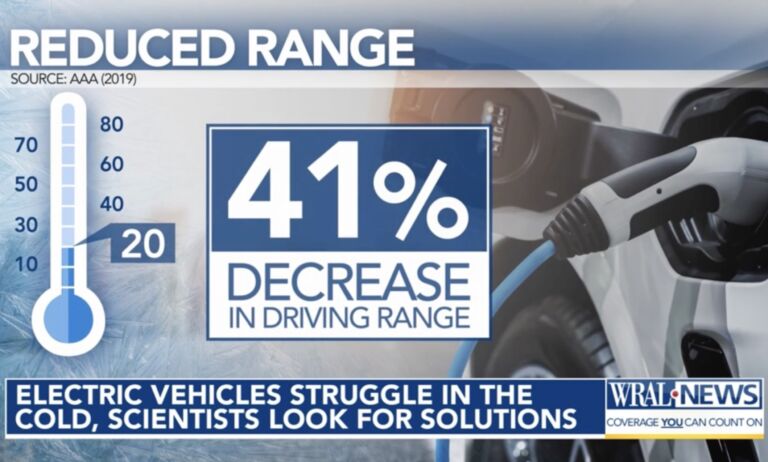If you’ve spent much time considering the law of unintended consequences, you will be unsurprised by a subheadline from the latest issue of Bloomberg Businessweek: “A change in fuel standards has led to even heavier, more dangerous pickups.”
Drivers of passenger cars had nothing in particular to fear from pickup trucks back in 1975, the year Congress passed the Corporate Average Fuel Economy (CAFE) law, which imposed mandatory mileage requirements on carmakers. Then the two classes of vehicles weighed about the same. As recently as 2000, the weight gap was less than 1,000 pounds. By the 2014 model year, however, the difference had grown to almost 2,000 pounds, according to an October report by the Environmental Protection Agency. The average weight of pickups has risen about 26 percent since 2000 even as the other two types of vehicles classified as light trucks—sport-utility vehicles and minivans—have stayed basically the same weight, the EPA says. …
… For the past few years, a quirk in federal policy has made it easy for Americans to keep supersizing their rides: Under CAFE rules that took effect in 2011, bigger cars have lower mileage requirements. For the first 30 or so years CAFE was on the books, the rules divided the market into cars and light trucks but held all vehicles in each class to the same fuel-efficiency standard. Automakers that sold only gas guzzlers, whether big cars or big trucks, had to pay penalties. That changed with a reconception of CAFE that began under President George W. Bush in 2008 and culminated in rules the Obama administration promulgated for 2011 and beyond.
Now, automakers’ mileage targets vary depending on the “footprints” of the vehicles they sell—the area between the four wheels. Cars and trucks are still regulated separately, but within each class, fuel efficiency requirements drop as vehicles grow. That means automakers whose sales mix is weighted toward bigger vehicles have lower fuel-economy targets to meet. They no longer have to offset their big gas guzzlers with sales of small gas sippers to bring up the fuel-economy averages. As a result, there’s nothing anymore to hold them back from selling lots of big trucks, which drive profits. Ford gets half its U.S. profit from large pickups, and General Motors gets about 35 percent, says Barclays Capital analyst Brian Johnson.


